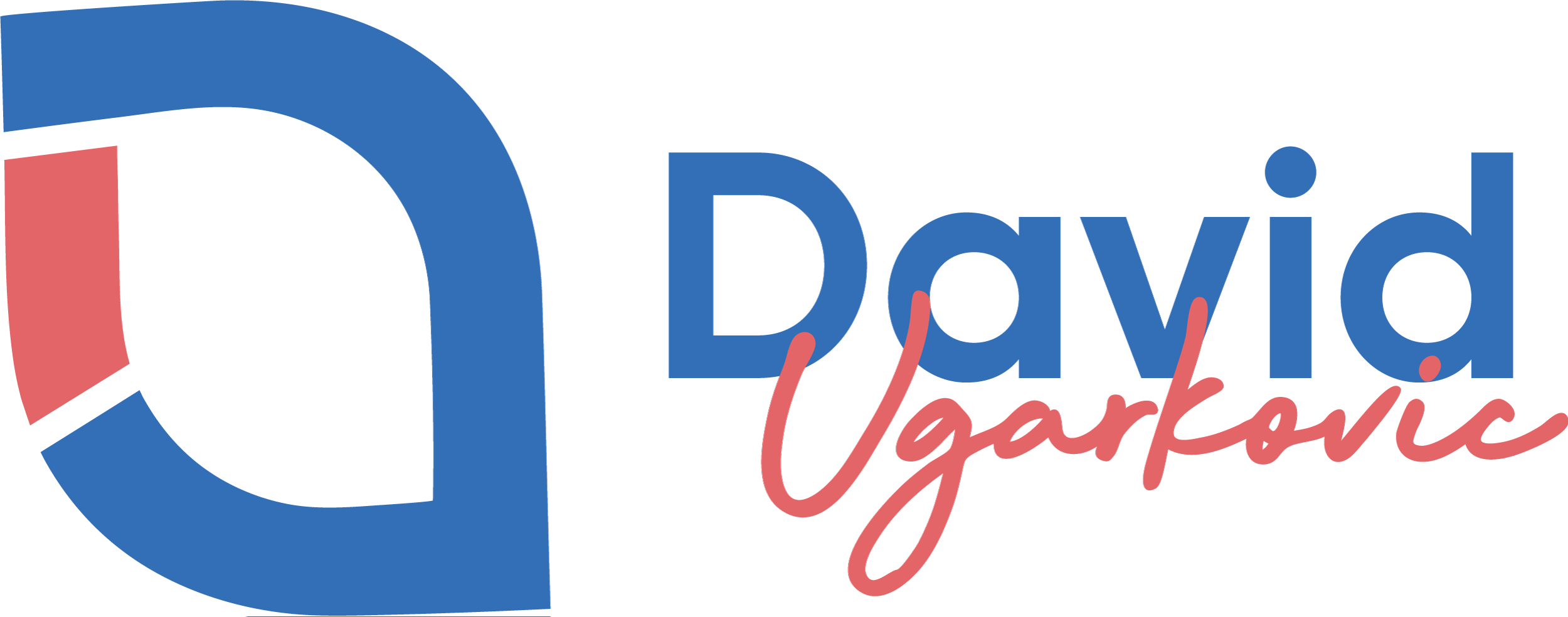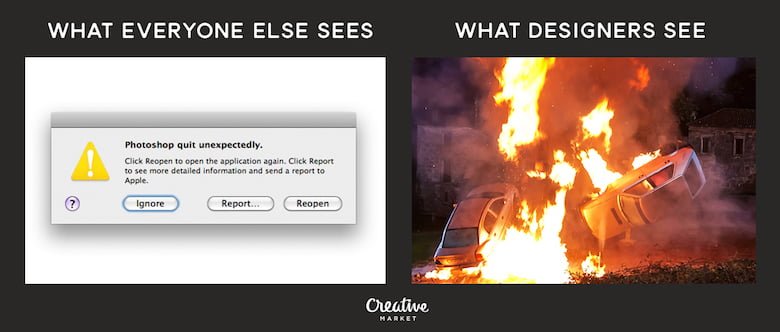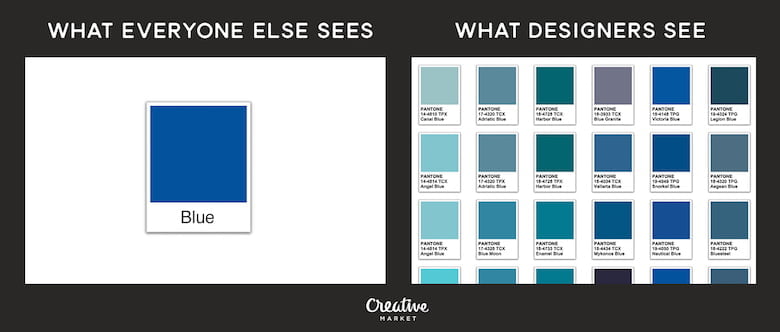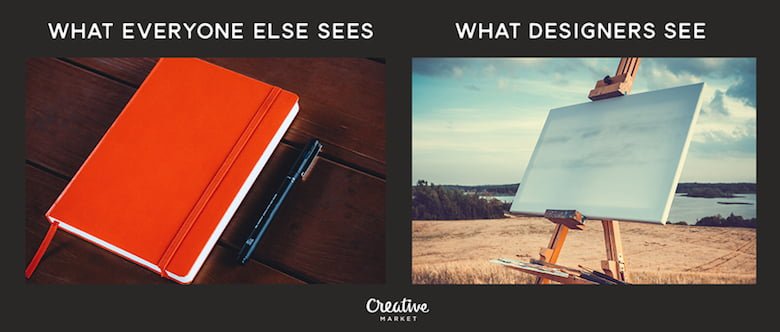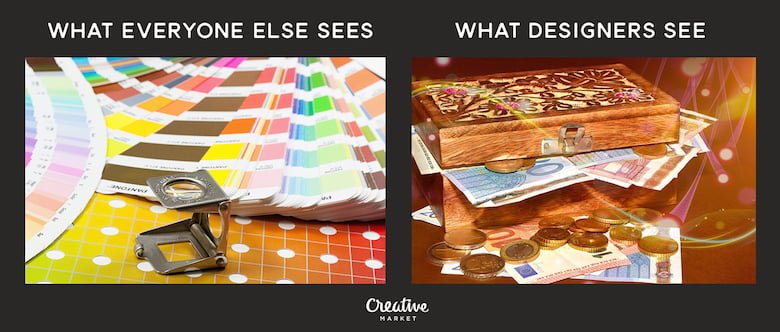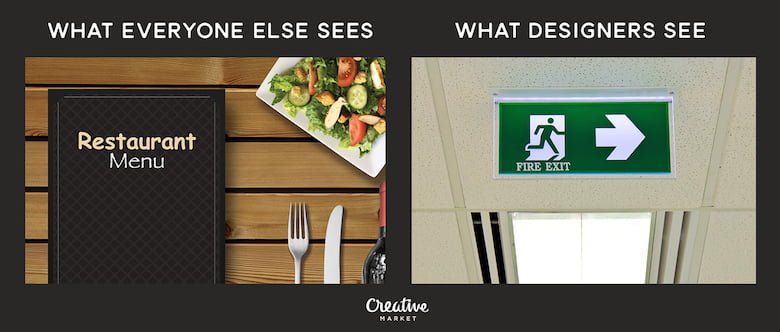
As a designer, I have had my fair share of clients. To be honest (knocking on wood), most of them were amazing. However, sooner or later everybody will meet a client that puts their patience to the test.
But, also, it’s not always the client’s fault. We, the designers, aren’t perfect beings either. For a good client-designer relationship, both sides must bring something to the table. Balance is the key to every human interaction, including business relationships.
Rules Of The Perfect Client-Designer Relationship
I gathered a list of rules for successful business cooperation. They are not written in stone, but I try my best to keep up with their principles. I noticed that they make my job a lot easier and much more pleasant.
Being the nice guy, I’ll share my rules with you.
Gallery by: digitalsynopsis.com
Good Communication
A good level of communication is a cornerstone of every client-designer relationship. Both sides should maintain a professional tone in their correspondence. Nobody asks you to write messages in the Shakespearean style, but you should use a friendly and professional tone.
Make sure both sides define their terms and desires about the job. Well-prepared business documentation and a to-do list will save both sides a lot of headaches later.
Clear Deadlines Policy
Ok, this rule is written in stone. Deadlines are sacred to any business. Both sides must keep up with the agreement that includes deadlines. For the designer, it’s the time needed to submit the job. As for the client’s side, it’s a deadline for the designer’s paycheck.
Although some cases may include force majeure, that’s not the subject of this article. A professional designer will never take a job he can’t finish in the agreed timeframe. On the other hand, a good client will never stall or delay the payment.
Clear Expectations Of The Client-Designer Relationship
This part includes both time and money. Although we designers are jolly fellows, always eager to help, don’t forget, this is business. We make our living out of our knowledge, talent, and time invested in every job.
Sometimes, clients without knowledge think that a designer’s job is easy and that they can do it, too. That’s a bad approach and shows a lack of professionalism. So, the “show me the money” part of the job must be done, too.
When the client sets his list of demands, your job as a designer is to offer him a fair price and a reasonable deadline. Don’t undermine your profession by accepting pocket change for your work. But also, don’t rip off your client.
Honest client feedback and a letter of recommendation can do much better for your career than any amount of money.
Trust And Confidence
Firstly, designing is a creative process. I can’t show the client a bunch of numbers that will assure him that I’m the right guy for his job. However, I can show him my portfolio, my feedback, and my previous experience.
With the right communication (see above), trust can be established. The client needs to believe the designer can turn the vision into reality. If there is no trust in the client-designer relationship, that work is doomed to fail.
Flexibility
We are all humans, after all. Both the client and the designer always have a different perspective on, well…everything. The client needs to listen to the designer and vice versa. Making a mistake is not something both sides should be ashamed of.
But abandoning a project just for a lack of flexibility for either side is. Flexibility is one of the postulates of a good client-designer relationship. And by that, I don’t mean slavery or exploitation. It’s the extra mile that you are willing to go for the client that counts.
Conclusion
Dealing with clients can sometimes be challenging. I always picture myself in their place and realize they can also have a hard time. This is especially visible in long-term projects, where both sides can become saturated.
But just remember that stunning, indescribable feeling after a job well done. Only by working together can we accomplish something great. Contact me, and we can further discuss the details.
